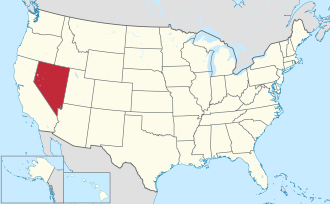2000 census
At the 2000 census, there were 5,794 people, 2,093 households, and 1,523 families living in the county. The population density was 1 person per square mile (0.39 person/km2). There were 2,780 housing units at an average density of 0 units per square mile (0/km2). The racial makeup of the county was 84.41% White, 0.21% Black or African American, 3.99% Native American, 0.35% Asian, 0.03% Pacific Islander, 8.66% from other races, and 2.35% from two or more races. 18.52% of the population were Hispanic or Latino of any race. [11] Of the 2,093 households 39.70% had children under the age of 18 living with them, 59.70% were married couples living together, 8.10% had a female householder with no husband present, and 27.20% were non-families. 22.30% of households were one person and 5.00% were one person aged 65 or older. The average household size was 2.73 and the average family size was 3.23.
The age distribution was 32.20% under the age of 18, 6.80% from 18 to 24, 29.00% from 25 to 44, 25.00% from 45 to 64, and 7.00% 65 or older. The median age was 34 years. For every 100 females there were 105.50 males. For every 100 females age 18 and over, there were 105.50 males.
The median household income was $46,067 and the median family income was $51,538. Males had a median income of $45,375 versus $22,197 for females. The per capita income for the county was $16,998. About 8.60% of families and 12.50% of the population were below the poverty line, including 13.50% of those under age 18 and 12.90% of those age 65 or over.
2010 census
At the 2010 census, there were 5,775 people, 2,213 households, and 1,545 families living in the county. [12] The population density was 1.1 inhabitants per square mile (0.42/km2). There were 2,575 housing units at an average density of 0.5 per square mile (0.19/km2). [13] The racial makeup of the county was 84.0% white, 4.2% American Indian, 0.4% Asian, 0.3% black or African American, 8.6% from other races, and 2.5% from two or more races. Those of Hispanic or Latino origin made up 21.1% of the population. [12] In terms of ancestry, 19.4% were German, 13.6% were English, 12.2% were Irish, and 12.0% were American. [14]
Of the 2,213 households, 37.1% had children under the age of 18 living with them, 54.5% were married couples living together, 9.4% had a female householder with no husband present, 30.2% were non-families, and 25.6% of households were made up of individuals. The average household size was 2.60 and the average family size was 3.14. The median age was 37.1 years. [12]
The median household income was $66,525 and the median family income was $67,157. Males had a median income of $62,932 versus $33,056 for females. The per capita income for the county was $25,287. About 11.7% of families and 12.2% of the population were below the poverty line, including 17.0% of those under age 18 and 7.4% of those age 65 or over. [15]





